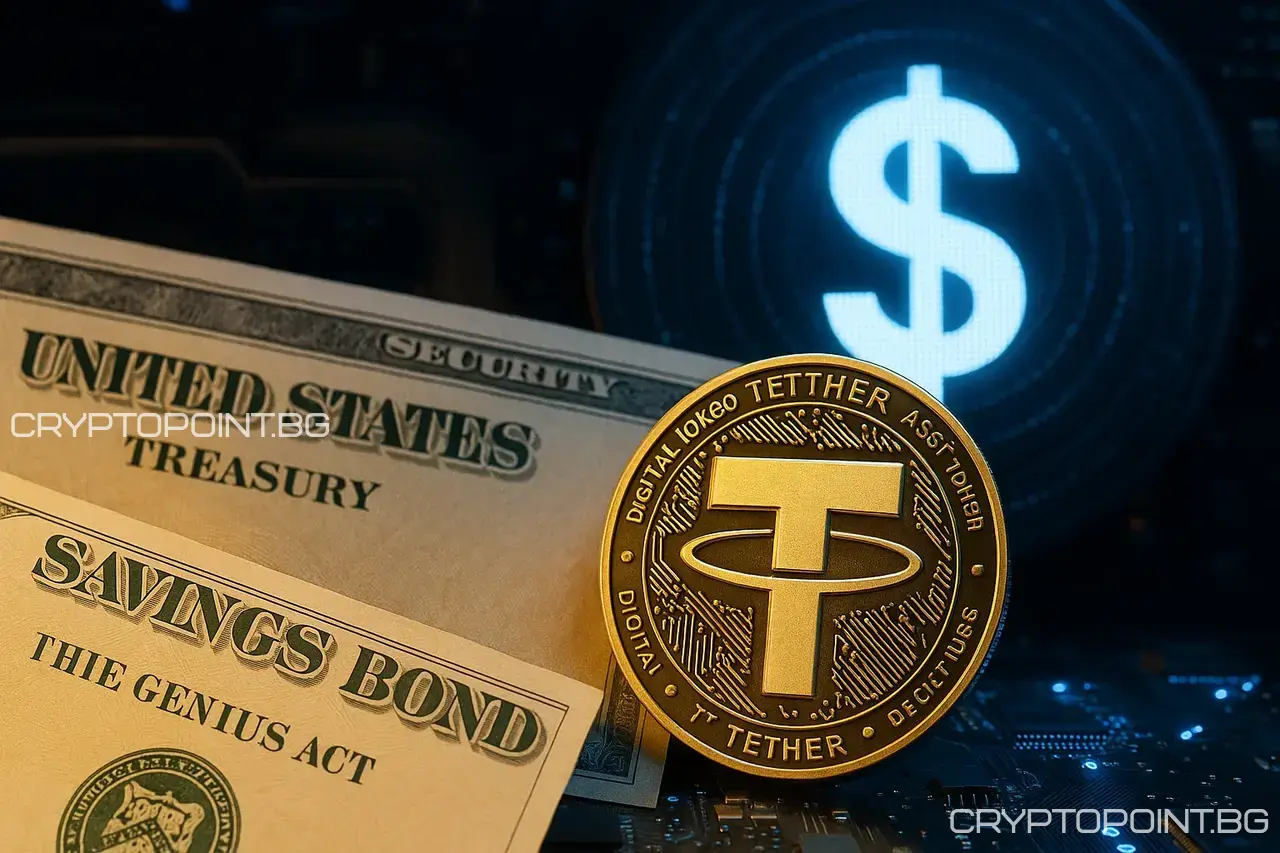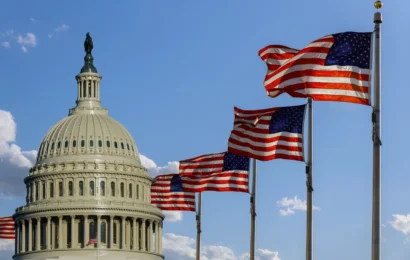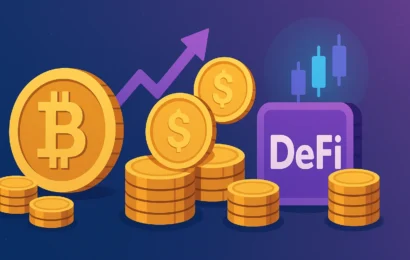
In a recent interview, prominent American financial expert Scott Bessent made headlines with his strong support for digital assets and stablecoins. Bessent, currently the CEO of Key Square Group, believes that U.S. dollar-backed stablecoins could generate up to $2 trillion in demand for U.S. Treasuries—reshaping global finance and strengthening the dollar’s dominance.
We are going big on digital assets.
said Bessent.
He explained that the current U.S. administration is focused on creating clear rules for digital assets and encouraging companies to stay and grow within the country—a sharp shift from previous policies that, according to him, pushed many crypto companies abroad.
Stablecoins Could Become Major Buyers of U.S. Treasuries
According to Bessent, implementing strict regulation and AML (anti-money laundering) standards for stablecoins is a top priority. He cited market forecasts suggesting that stablecoin issuers could soon hold around $2 trillion in U.S. Treasuries and short-term government securities—a massive increase from the current $300 billion.
This projection aligns with a statement from Senator Bill Hagerty, who referenced a Citibank report predicting that by 2030, stablecoin issuers could become the largest buyers of U.S. Treasuries—even surpassing countries like China. A similar view was expressed by BlackRock CEO Larry Fink, who called tokenization “the future of finance.”
New Stablecoin Legislation Advances in the Senate
A new U.S. stablecoin bill is currently progressing through the Senate, marking a key step toward formal regulation of the crypto industry. The legislation, part of the so-called GENIUS Act, would require stablecoins to be fully backed by liquid and secure assets, such as Treasury bills (T-bills), and to comply with strict anti-money laundering and anti-terror financing rules.
In the event of a collapse or insolvency, stablecoin holders would have priority in recovering their funds. Experts say the bill brings long-awaited structure, transparency, and investor protection—positioning stablecoins as regulated digital equivalents of national currencies rather than speculative crypto assets.
Conclusion:
U.S. support for stablecoins is no longer just a concept—it’s evolving into a concrete regulatory and market framework with the potential to reshape global financial dynamics. If Bessent’s predictions and those of other leading analysts prove accurate, stablecoins will cement their position as a key economic instrument, with the U.S. taking a leading role in the new tokenized financial era.
Frequently Asked Questions
Find answers to the most common questions below.
He believes that U.S. dollar-backed stablecoins could generate $2 trillion in demand for U.S. Treasuries, boosting the dollar and reshaping global finance.
It’s a proposed U.S. law requiring stablecoins to be fully backed by liquid assets like Treasury bills and comply with anti-money laundering standards.
They represent a regulated digital form of national currency and could position the U.S. as a leader in tokenized finance, attracting global capital flows.
This article is for general informational purposes only and is not intended to be, and should not be construed as, legal or investment advice. Crypto-assets are highly volatile, so only invest funds that you are willing to lose and use your own research and risk management.




